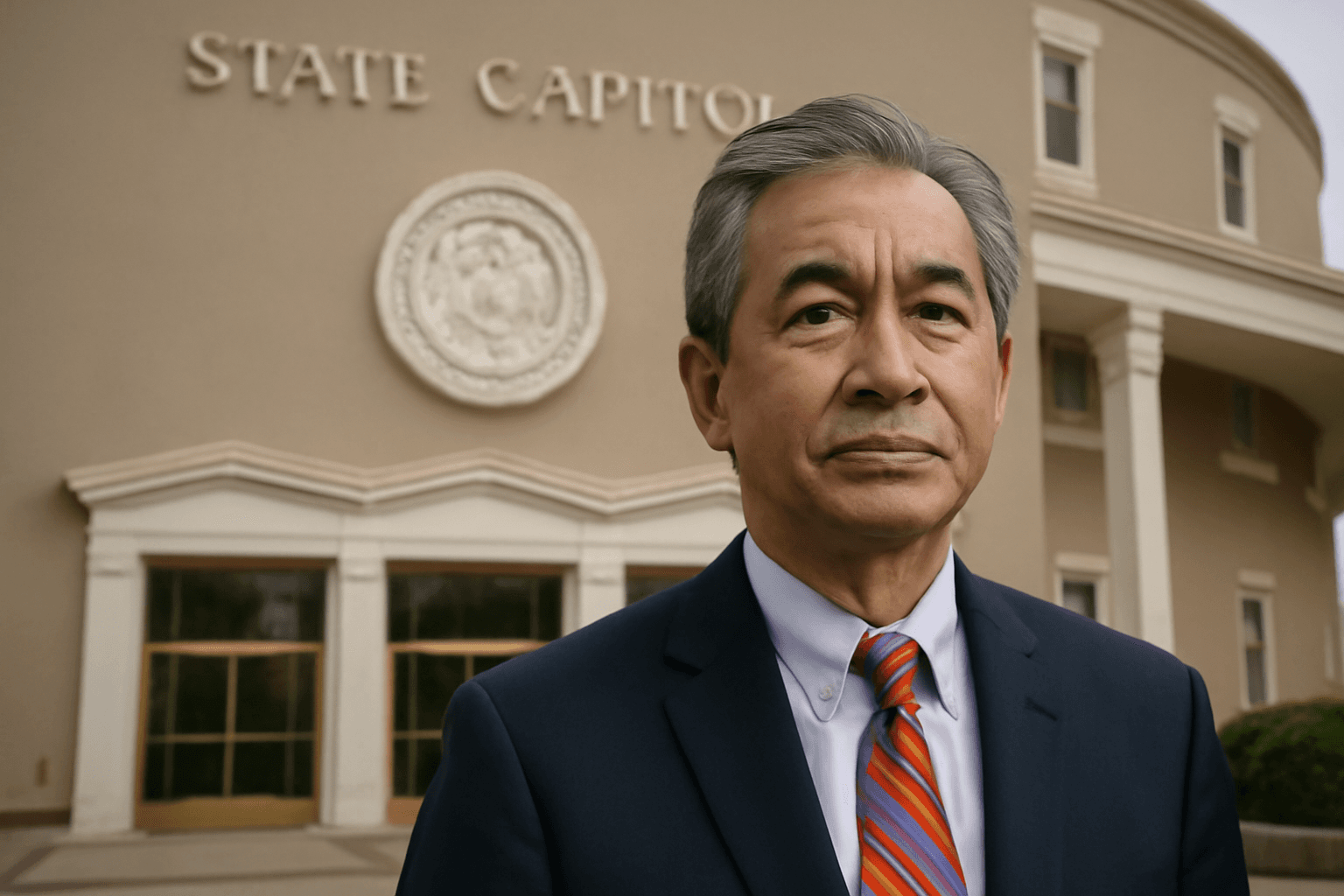Exploring Rent Affordability: The Space You Get for $1,500 Across U.S. Cities
For many renters, the question isn’t just about monthly payments — it’s about what that payment translates to in real, livable space. With a fixed budget of $1,500 per month, the amount of square footage you can rent varies dramatically depending on where you live in the United States.
Take Manhattan, New York, for example. Your $1,500 will typically snag you about 216 square feet — roughly the size of a small bedroom. Meanwhile, in Wichita, Kansas, the same budget comfortably covers approximately 1,329 square feet, ample room for a multi-bedroom apartment or even a modest house. This stark contrast highlights the impact of local market dynamics, urban planning, and economic factors across regions.
Where Does $1,500 Rent Buy the Least Space?
The priciest rental markets tend to be concentrated in large coastal metropolitan areas where housing demand far outstrips supply. Stringent zoning restrictions, limited new development, and entrenched affordability challenges exacerbate the squeeze on renters.
- Manhattan, NY: 216 sq ft
- Brooklyn, NY: 297 sq ft
- Boston, MA: 311 sq ft
- San Francisco, CA: 325 sq ft
- Jersey City, NJ: 331 sq ft
- Queens, NY: 345 sq ft
- Los Angeles, CA: 426 sq ft
- San Jose, CA: 435 sq ft
- Irvine, CA: 436 sq ft
- San Diego, CA: 439 sq ft
In these metro areas, residents often face the reality of high-density living, where rent prices soar but space remains scarce. For instance, in New York City, studios average rent around $3,700 per month, far exceeding the $1,500 benchmark.
Where Your $1,500 Rent Goes the Farthest
Contrast this with many Midwestern and Southern cities, where the housing supply is more abundant and land less constrained. These affordability patterns grant renters significantly more breathing room.
- Wichita, KS: 1,329 sq ft
- Toledo, OH: 1,268 sq ft
- Oklahoma City, OK: 1,247 sq ft
- Tulsa, OK: 1,231 sq ft
- Lubbock, TX: 1,230 sq ft
- Memphis, TN: 1,229 sq ft
- Fort Wayne, IN: 1,159 sq ft
- Baton Rouge, LA: 1,138 sq ft
- El Paso, TX: 1,137 sq ft
- Corpus Christi, TX: 1,104 sq ft
These cities provide a window into the realities of the American housing market, where a modest monthly rent can unlock more comfortable living spaces, often including multi-bedroom units.
Trends: Apartments Getting Slightly Roomier
On a positive note for renters across the nation, apartments are trending slightly larger. Between 2023 and 2024, the average size for studios grew by 13 square feet, reaching 457 square feet. One-bedrooms and two-bedrooms also saw incremental increases to 735 and 1,097 square feet, respectively. This growth is largely due to new construction projects aiming to address demand with larger, more livable layouts.
While these increases offer some relief, they remain modest in the face of soaring rents in major metros.
Why Does This Matter? A Regional Perspective
These disparities underscore broader economic and policy issues, including:
- Urban density and zoning laws: Restrictive zoning in coastal cities limits supply, driving prices upward.
- Economic inequality and affordability crises: High rent burdens exacerbate housing insecurity in major metros.
- Migration and regional growth: More affordable cities see increased demand as residents seek more value for their money.
For American renters, understanding these contrasts is crucial when deciding where to live, work, or invest. It raises pressing questions about how cities can balance growth, affordability, and quality of life.
Editor’s Note
Rent affordability is more than a numbers game; it’s about people’s homes, opportunities, and futures. The stark chasm in space per dollar across U.S. cities reveals the complexity of housing markets influenced by policy, geography, and economy. While larger apartments and new construction provide some hope, addressing affordability will require sustained policy innovation—from zoning reform to scalable affordable housing solutions. As renters and policymakers grapple with these challenges, the question remains: how can American cities create inclusive and livable communities without pricing out their residents?














